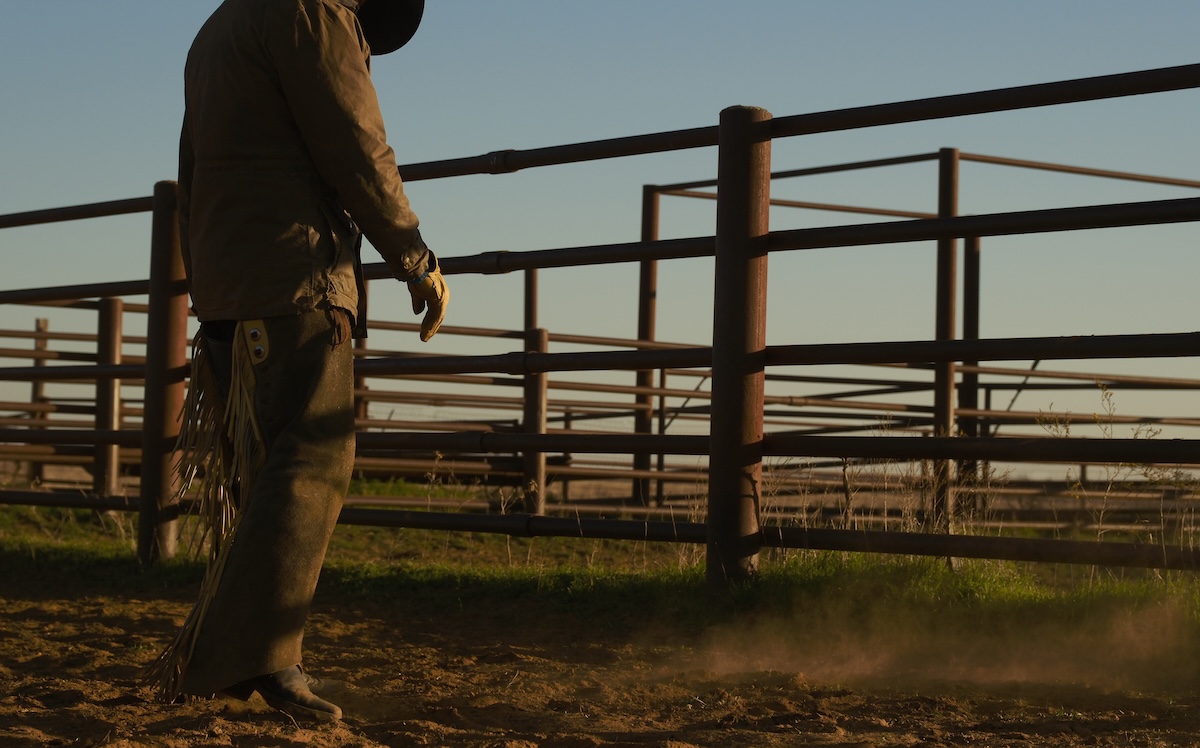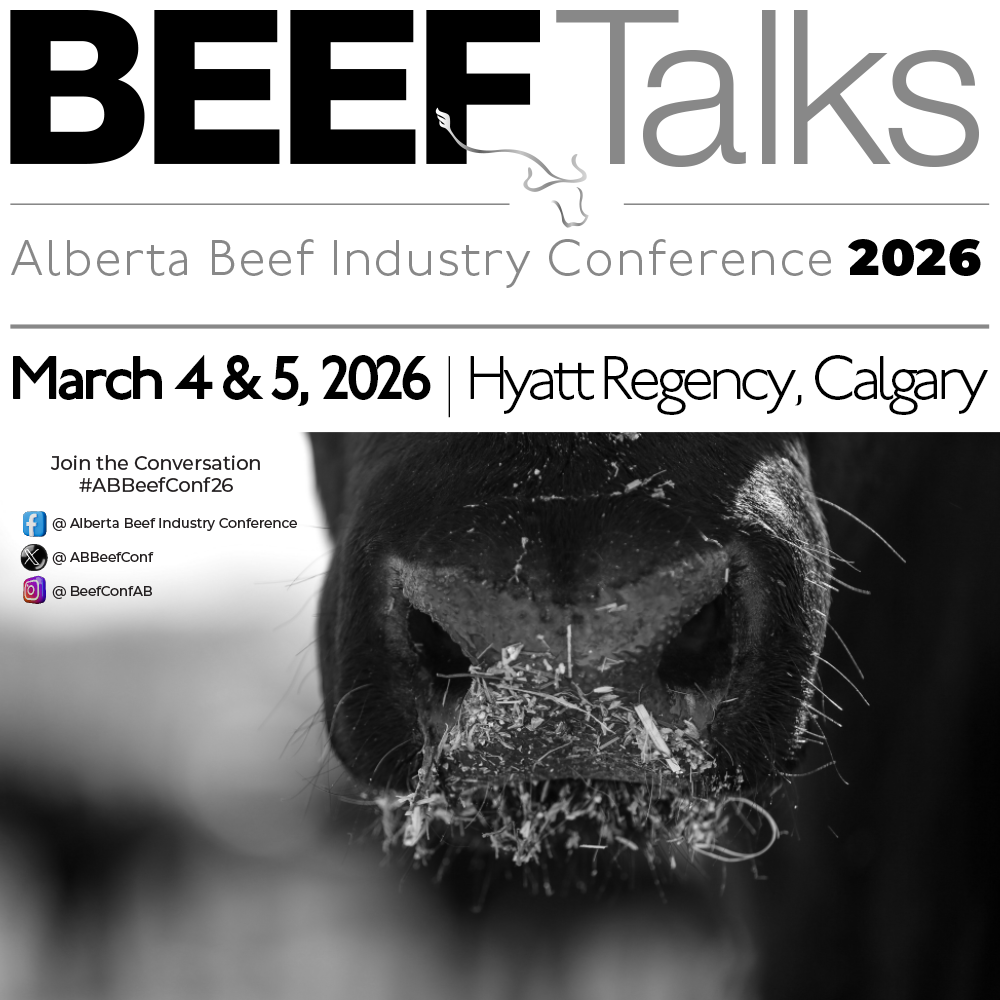AB Direct - Steers
Rail: ---
AB Direct - Heifers
Rail: ---
US Trade- Steers
Rail: 495.00 del
US Trade - Heifers
Rail: 495.00 del
Canadian Dollar
0.06

Sweat equity or just sweat?
Many still think of farming as a lifestyle choice. Anyone can operate a tractor, right? Put seed in the ground, move cattle to a new pasture, and success appears in the fall.
More and more, Canadians romanticize farming without recognizing the effort required to farm. The long hours, the lack of sleep, the never-ending to-do lists. Or, perhaps more importantly, the value and cost of labour required to produce safe and nutritious food.
Agriculture relies heavily on human labour and often the business model depends on readily available and family labour. This labour comes at a tremendous cost and often results in stress and exhaustion. Physical exhaustion, mental fatigue, and stress-related illnesses can all be attributed to the physical demands of the job coupled with long hours and poor social supports.
The true price of sweat equity
The exact cost of labour is hard to pin down because it is often hidden, such as a late-night check of cattle when storms are approaching or the day spent on equipment repairs.
As commodities and farm supplies fluctuate, businesses examine their balance sheets to make informed and strategic decisions.
Most Canadian producers do not view their time as part of the balance sheet, yet it is a major expense to farm.
Producers interested in calculating their labour expense can add up their time worked on the farm by using an average wage and multiplying it by the hours of work (don’t forget to add overtime, if applicable).
Also include other often-forgotten factors such as overhead, training, and benefits. The definition of labour cost can also encompass indirect labour costs such as damages, sick days, holidays, turnover, and ‘replacement costs’—essentially, the cost of hiring and training a new team member.
Different operations will have different costs associated with employees. Recognizing the time and the cost of the time is the first step in finding efficiencies to reduce costs.
Labour costs can be reduced by reviewing the use of technology, job task analyses (reviewing the steps necessary to complete a task), and planning for the future. Examples of adjustments include changing shifts (weekends, summer hours, etc.), adding incentives, designing layouts to increase efficiency, investing in technology, and offering work-life balance benefits.
Why measuring your time matters
Recognizing the value of your time helps you make informed decisions about tasks on the farm. Your time is one of your most valuable resources and one that is finite. Using productivity calculators or using the people around you to measure your tasks can help you determine the time you need to get things done.
From there, you can find efficiencies through prioritization and developing processes. This can include hiring practices that focus on retention, creating mentorship programs, investing in technology, creating portfolios of tasks, and job task analysis that identify areas to streamline. This ultimately helps you determine how much to invest in certain tasks and whether they’re worth the effort.
Farming is a stressful and physically demanding job. The fluctuating commodity and input costs have always challenged producers to become more and more efficient.
Breaking down the cost of labour can help you determine operational efficiencies and the value of your time—it also gives you back control of your days.
By taking stock of your time, you can find ways to streamline your workflow, prioritize tasks, and improve your overall health and wellness by balancing the workload.
Sources:
Hermann, A. (2019, April 13). How much does labour cost your farm? Alberta Farmer Express. https://www.albertafarmexpress.ca/business/how-much-does-labour-cost-your-farm/
Statistics Canada. (2025). Paid workers by industry, monthly, seasonally adjusted (x 1,000). https://doi.org/10.25318/1410007401-eng
Government of Alberta (2025). AgriProfit$. Alberta Agriculture and Irrigation.

